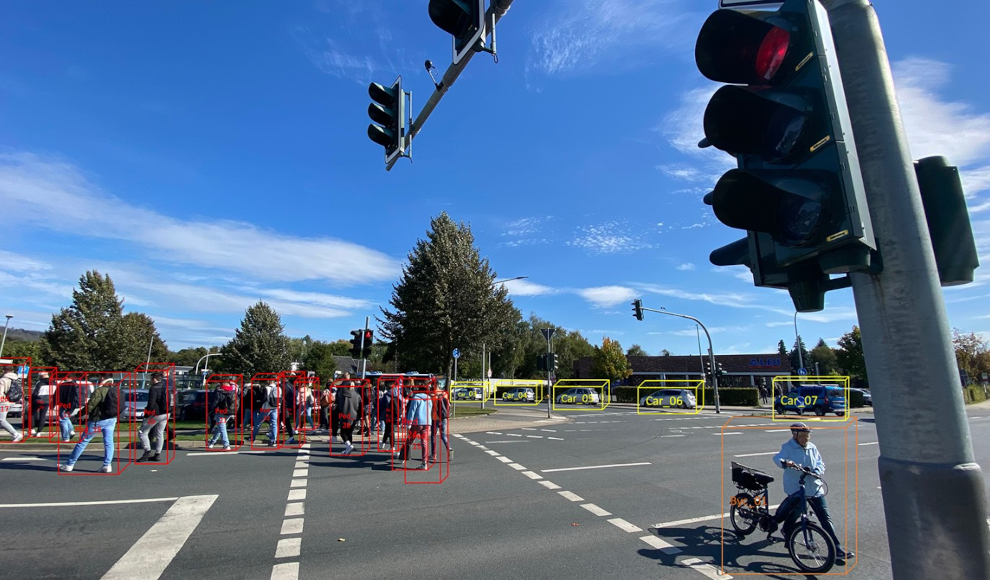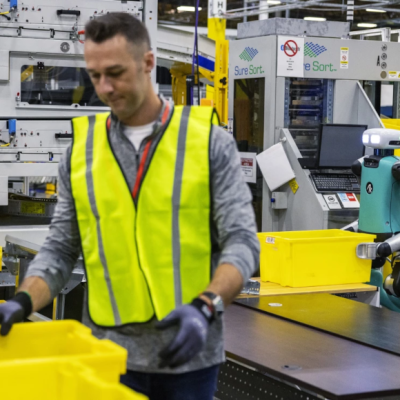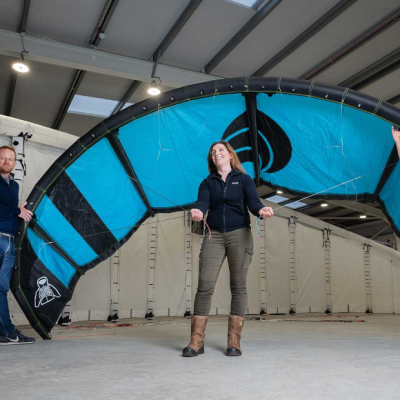In Lemgo, Germany, a team of scientists from the Fraunhofer Institute for Optronics, System Technologies and Image Exploitation (IOSB) have developed an intelligent traffic light system that can reduce waiting times at intersections by 10 to 15 percent. The system uses a form of artificial intelligence (AI) called Deep Reinforcement Learning to dynamically optimize traffic flow for cars and bicycles. The researchers first collected detailed data on traffic at an intersection in Lemgo using cameras and radar devices. They then used this data to create a simulation that provided training data for the AI algorithm. The AI was able to control traffic so that waiting times were as short as possible, resulting in a 10 to 15 percent reduction in waiting times compared to the current standard in Germany, which is traffic-dependent gap control.
The researchers are now testing their algorithm in real-world conditions using a combination of cameras and radar sensors. The AI is currently limited to choosing from pre-defined combinations of traffic light phases to prevent parallel green lights at intersecting directions. However, the AI is free to make its own decisions on how to control the traffic lights within these limitations. The researchers intentionally added some noise to the training data to bring the simulation closer to reality. The AI’s decision-making process is currently a “black box” that even the researchers cannot fully explain.
The use of AI to optimize traffic flow has the potential to significantly reduce waiting times and improve traffic efficiency. However, the technology is still in the testing phase and will need to be thoroughly evaluated before it can be implemented on a larger scale. The researchers hope that their work will contribute to the development of more intelligent and efficient traffic management systems in the future.










